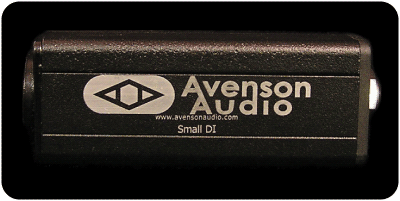

Why It’s Important To Build Regulation Skills Then, we can consider implementing them in certain situations, like when we’re working or resting. Since different people have different perceptions, however, it’s important to explore sounds and discover what feels soothing to us. Mid-range frequency sounds like human voices or white noise can be soothing, drawing us in for connection. Those sounds can be particularly triggering. Low-frequency sounds tell our bodies that a threat is nearby-pushing us to move away from them, while high-frequency sounds send distress signals that draw us to move toward them. We can also try to reduce low-frequency sounds (like the air conditioner or the stove vent) and high-frequency sounds (like loud toys) when we start to feel overwhelmed. By stabilizing the vestibular system, you can reduce some of the defense response. Larissa likes to sit down on the floor with her back against the wall when she finds herself experiencing sensory overload. Giving your body stability can also help manage overstimulation. Being aware of your triggers, piercing through them, and finding some order in the chaos, can go a long way in helping us stay regulated. Larissa also recommends acknowledging and validating your feelings. This can help you make sense of what’s happening around you and calm your senses. The more that we understand our own triggers, the better we can manage our responses. When do you feel most prone to sensory overload? Is there a time of day or a day of the week that is particularly hard? The noise and echoing at the end of the day is overwhelming, so I usually wear earplugs to help manage the sensory overload).Īs you go through your day, notice your own moments of stress and overstimulation. Other moms might find themselves experiencing sensory overload more on Thursday or Friday after a tiring week.Įverybody’s defense mode is different, so it’s important to pay attention to your own triggers. Weekends, when the routine is different, are often stressful for some moms. Sound input can easily push us all the way there.Ĭertain days of the week can also be triggering. As Larissa pointed out, when we’re stressed, we’re already halfway to fight-or-flight mode. Stress due to time crunches or worries can also make us more primed for defense mode. Transition times are also often triggering for moms-we’re dealing with a lot of sounds and attempting multiple tasks, making it harder to stay regulated. This creates a cycle that’s hard to break out of.

When that happens, our system thinks that we are in danger mode and stays in a state of muscular tension, which primes us for more defense. All day, they have had to react over and over, dealing with ongoing demands and body responses. Moms often feel more overstimulated by the evening. The time of day can impact how moms react to noise. While the sound inputs do trigger our defense modes, there are internal factors that make us more primed to react. The noise itself isn’t the only factor at play in overstimulation. The Internal Factors that Play Into Sensory Overload as a Mom This puts us into fight-or-flight mode and makes it harder to tune out noise. For example, moving to our baby to soothe them without remaining in a state of anxiety.īut sometimes our bodies find it harder to regulate, perceiving non-threatening sounds as dangerous and worthy of a response. Ideally, the goal is to be able to adapt but not stay in the dysregulated, triggered state. But when there is a mismatch, we are more likely to be triggered.

When our sound input matches what the body is expecting to hear, we can tune sound out more easily-it won’t always trigger a response. We either feel the need to move toward a sound (like when our baby cries) or to move away (like if we hear a car behind us as we’re jogging). In evaluative mode, a response is often triggered. We process auditory through two modes-discriminatory (which lets us tell sounds apart) and evaluative (the protective mode). These three systems work together to give us an understanding of our environment. So, in our sensory system, a visual or auditory cue might cause a reaction in the vestibular system. The visual system helps us make sense of what we see. The vestibular system is responsible for sending signals to our muscles to move. They work closely with two other systems-vestibular and visual. Our auditory systems are just one part of our sensory system. How Auditory Information Works With Our Sensory System


 0 kommentar(er)
0 kommentar(er)
